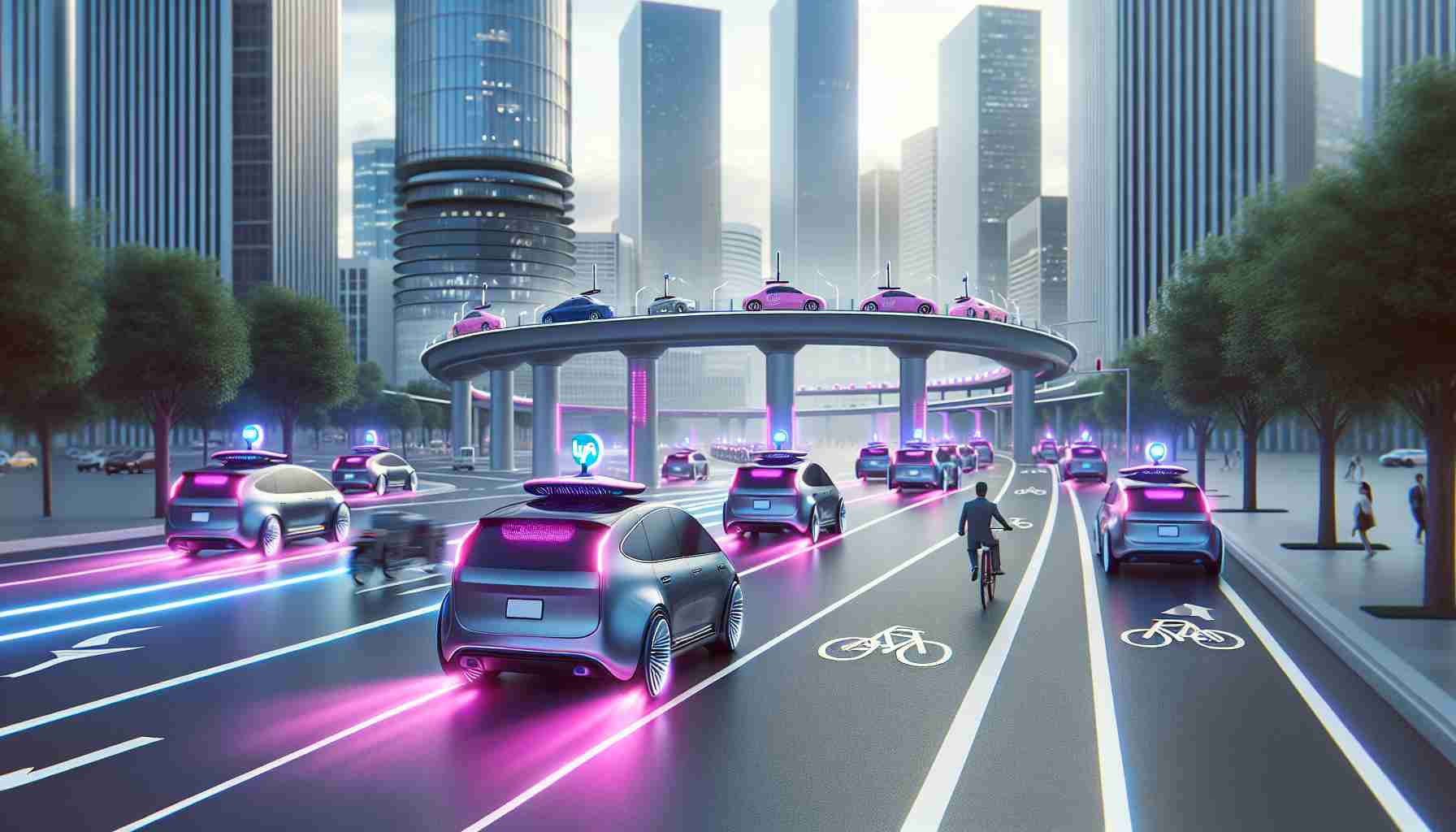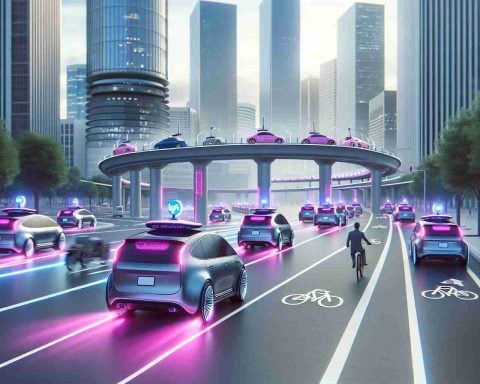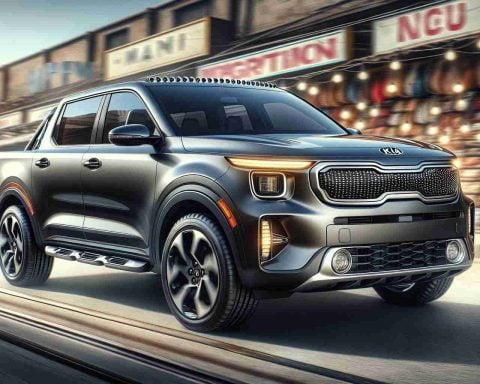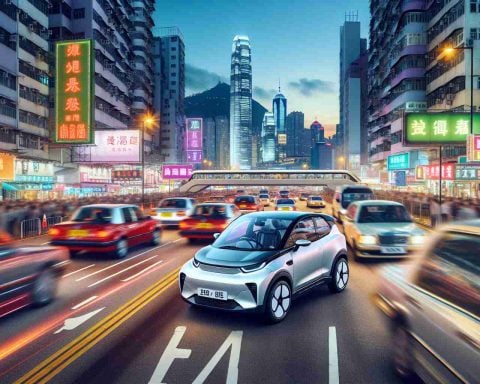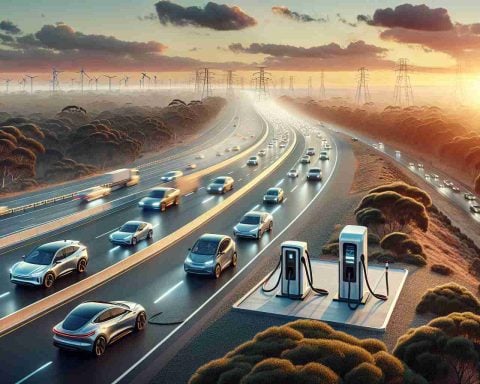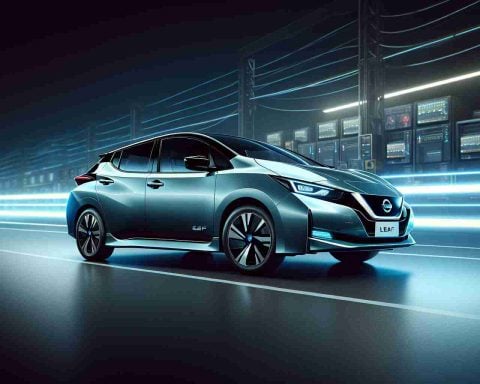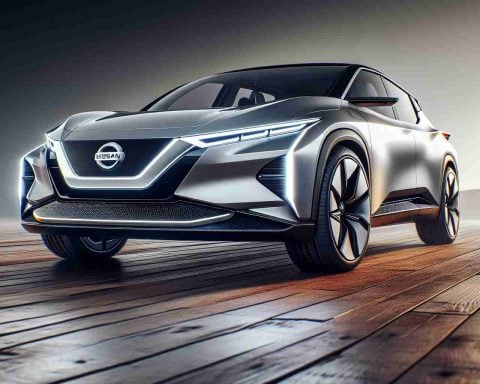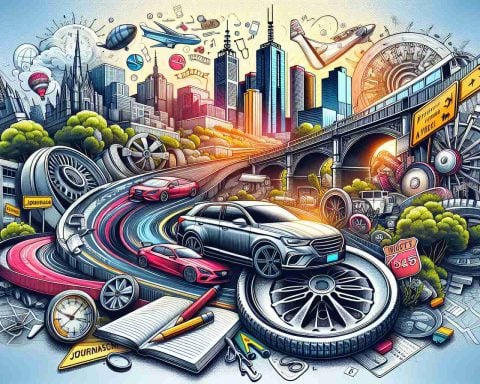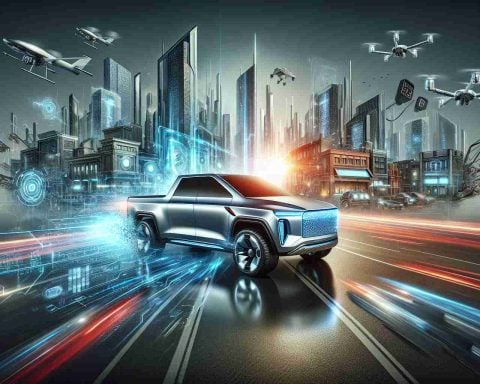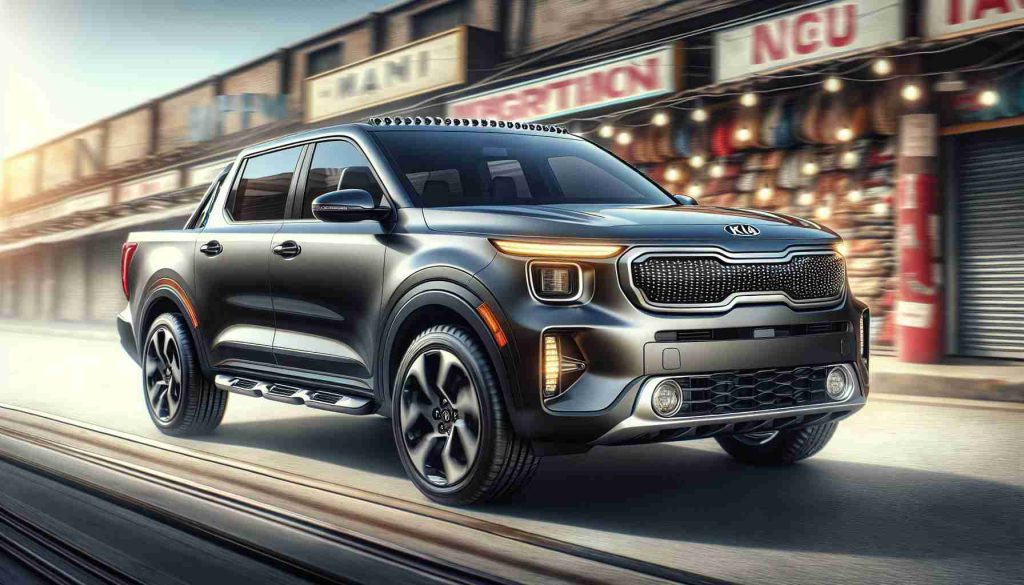- Lyft is revolutionizing transportation with autonomous vehicles, reducing the need for personal car ownership.
- Strategic partnerships with tech companies like Mobileye, May Mobility, and Nexar are key to Lyft’s vision for sustainable, congestion-free urban mobility.
- Public trust in autonomous vehicles is growing, encouraging a shift towards shared mobility and on-demand convenience.
- The rise of digital labor platforms with green objectives is transforming employment, presenting opportunities in technology, maintenance, and fleet management.
- Navigating beyond competitors like Waymo and Tesla, Lyft is committed to an eco-friendly, driverless future for all, promoting economic and environmental benefits.
Imagine a world where traffic jams are relics of the past, exhaust fumes fade from memory, and the need to own a car diminishes. Lyft is orchestrating such a future, leading the charge into the dawn of autonomous vehicles. The ridesharing titan isn’t just evolving; it’s spearheading a transportation revolution.
In a spectacular display of strategic foresight, Lyft has teamed up with tech innovators like Mobileye, May Mobility, and Nexar. These partnerships aren’t just shaking hands—they’re sketching the blueprint for urban mobility that could sidestep city congestion and embrace green, sustainable living. This leap isn’t only about efficiency; it’s about crafting cities that breathe easier.
As automated vehicles thread into Lyft’s broad tapestry, the public’s trust in these once-futuristic machines is climbing. This evolution caters to a burgeoning appetite for on-demand convenience and signals a departure from traditional car ownership. Picture a world where shared mobility redefines freedom and accessibility, rendering personal car keys obsolete.
Lyft’s ambitious wave mirrors a wider global trend: the melding of digital labor platforms with green ambitions is reshaping employment landscapes. This shift does announce challenges for traditional driving roles but reveals new horizons in tech, maintenance, and smart fleet management.
Lyft’s journey isn’t just about keeping up with titans like Waymo and Tesla—it’s about paving paths to an eco-friendly, autonomous future accessible to all. With each enhancement, they aren’t just moving riders; they’re inching us closer to an economically vibrant, emissions-lite society and fostering a safer world. Buckle up, as the future of transportation is here, and it’s driverless!
Is the Future Driverless? Explore Lyft’s Revolutionary Path!
How is Lyft advancing autonomous vehicle technology?
Lyft is aggressively advancing autonomous vehicle technology through strategic partnerships with companies like Mobileye, May Mobility, and Nexar. Each collaborator brings unique expertise to the table. Mobileye’s cutting-edge computer vision technology enhances vehicle safety and navigation. May Mobility focuses on autonomous micro-transit solutions, which target urban congestion effectively. Nexar contributes with its data-driven approach to enhance connectivity and road safety. This collaboration is not just technological—it’s visionary, promoting efficient and sustainable urban transportation.
What are the potential benefits and risks associated with Lyft’s autonomous vehicle strategy?
Benefits:
– Reduced Traffic Congestion: Autonomous vehicles can optimize traffic flow, potentially eliminating traffic jams.
– Environmental Impact: Electric, driverless cars could significantly reduce exhaust emissions, promoting a cleaner environment.
– Cost Savings: Shared rides reduce the need for personal car ownership, leading to savings on maintenance and insurance.
Risks:
– Safety and Reliability: While technology is advancing, full trust in driverless cars is still a work in progress.
– Job Displacement: The shift to autonomous vehicles may result in job losses for traditional drivers, although it opens opportunities in tech and fleet management.
How does the rise of autonomous vehicles impact traditional car ownership models?
The rise of autonomous vehicles, as championed by Lyft, signals a potential paradigm shift in how society views car ownership. The on-demand convenience that autonomous rideshares provide diminishes the necessity for personal car ownership. This transition could lead to:
– Increased Mobility Access: More people, including those unable to drive, will have access to reliable transportation.
– Urban Space Reallocation: With fewer private cars, urban spaces can be repurposed for green parks or pedestrian zones.
– Economic Efficiency: Consumers can allocate funds typically reserved for car-related expenses to other areas, boosting economic dynamism.
For more information on Lyft’s initiatives and innovations, visit the official Lyft website.
